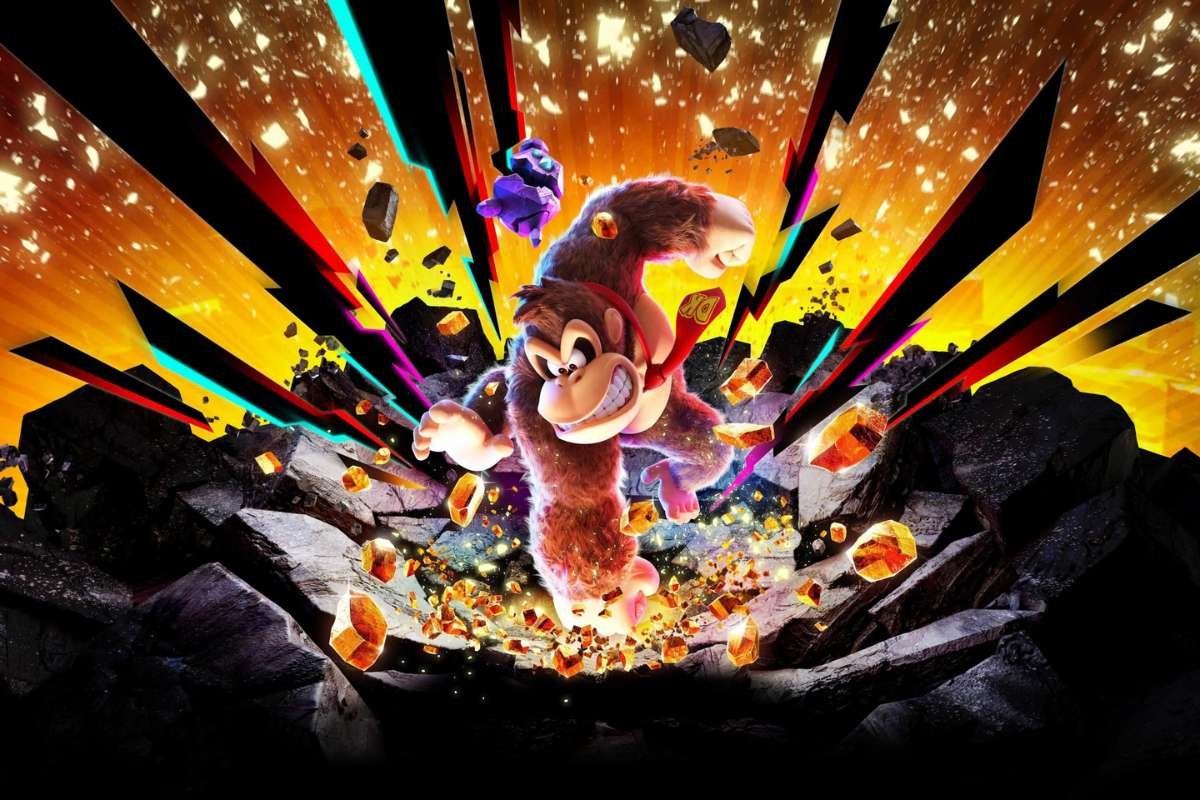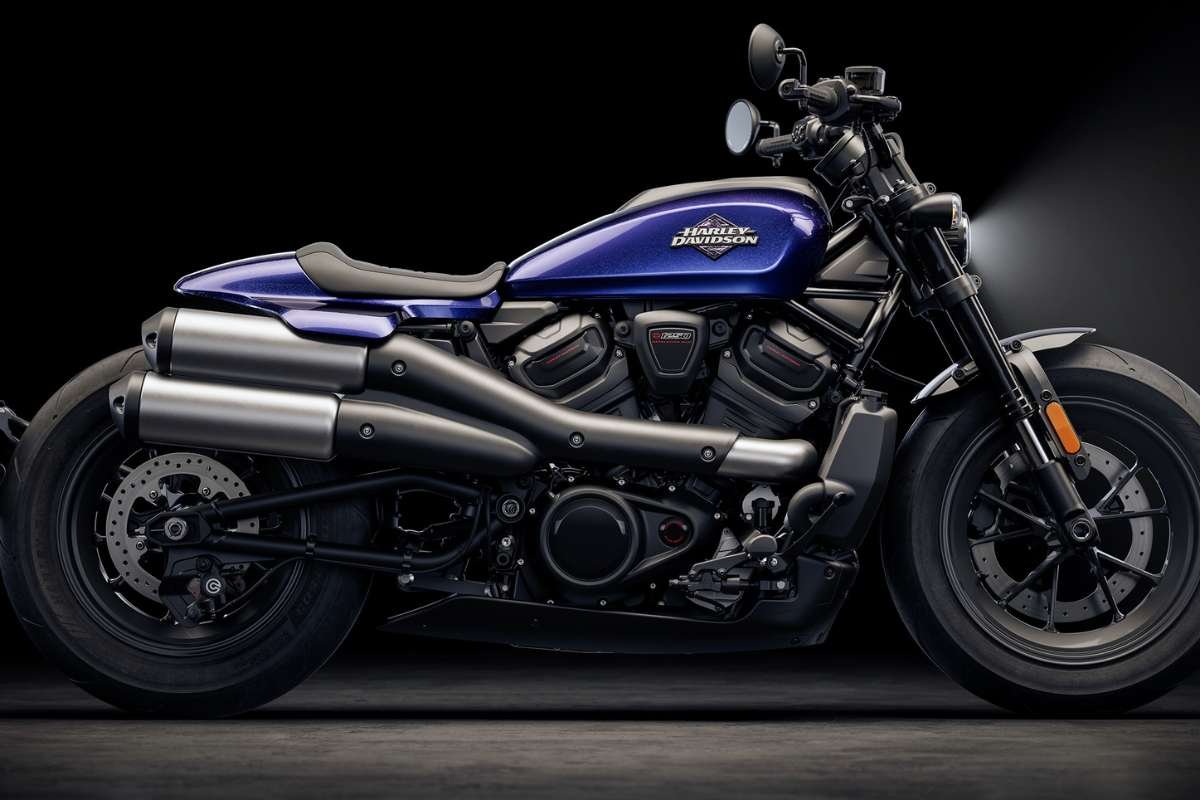Nintendo’s iconic ape returns in Donkey Kong Bananza, the first original 3D Donkey Kong title in over two decades. Developed by Nintendo’s EPD team—the same minds behind Super Mario Odyssey—this game marks a bold shift in direction, powered by the Nintendo Switch 2’s upgraded hardware. Originally designed for the original Switch, the team pivoted mid-development to utilize the Switch 2’s processing power, unlocking a vibrant voxel-based environment where almost everything can be destroyed and rebuilt.
In a detailed interview with Engadget, game director Kazuya Takahashi and producer Kenta Motokura explained how the concept started with simple destruction physics in Odyssey. As the team experimented further, smashing terrain became not just a feature but a core mechanic. Every punch, crack, and crumble is designed to feel unique and satisfying, offering players a deeply tactile and reactive world to explore.
Takahashi emphasized that the game’s central design philosophy was to make destruction fun—but never chaotic. The result is a sandbox of “delightful destruction,” where even chaos has its own rhythm. Thanks to the Switch 2’s support for mouse-style controls and higher processing bandwidth, the team layered in complex environmental interactions, real-time effects, and cooperative mechanics—like Pauline’s music-triggered transformations—to expand gameplay possibilities.
Gameplay, Storyline & World Design
Donkey Kong Bananza follows Donkey Kong and Pauline on a mission to recover powerful “Banandium Gems” stolen by a faction of greedy mining apes. Their plan? Drill to the planet’s core to uncover a mythic wish-granting force. The stakes are high, but the tone remains classic Nintendo—lighthearted, inventive, and full of charm.
Gameplay centers on DK’s ability to destroy voxel terrain with his bare hands and morph into various animals, each offering new movement styles and puzzle-solving capabilities. Pauline plays a vital role, not just narratively, but mechanically—her music activates transformations and affects environments, adding a unique co-op element.
The destructible voxel world is more than eye candy—it’s a gameplay pillar. Players dig tunnels, create pathways, and interact with layered terrain to uncover secrets and reach objectives. Critics have compared the depth of puzzle design and environmental logic to Zelda: Tears of the Kingdom, with a more lighthearted, punch-driven twist.
The campaign spans 20+ hours and features mini-dungeon-style challenges, post-game content, and unlockables that encourage exploration and experimentation. Pauline’s customizable outfits and performance segments add flair and personal touch, giving the game a stylish edge reminiscent of Splatoon.
Critical Acclaim and Minor Hiccups
Donkey Kong Bananza launched to glowing reviews. IGN gave it a perfect 10/10, while outlets like The Washington Post, Eurogamer, and Kotaku hailed it as a creative masterstroke and one of Nintendo’s best modern platformers. On Metacritic, the game holds a score above 90, affirming its wide appeal and critical praise.
Reviewers particularly praised the game’s unique destruction system. Every surface—whether ice, gravel, or rock—responds differently, and clever combinations of materials unlock hidden pathways. The Verge noted that the game exemplifies “technology used in service of play,” not spectacle. GameSpot celebrated it as “a triumphant return to DK’s roots, reimagined for a new era.”
Still, not all feedback has been flawless. Some minor frame-rate dips occur during large-scale environmental destruction. Director Takahashi addressed this in interviews, explaining the team made a deliberate trade-off, prioritizing fun and interactivity over ultra-smooth visuals. “If we had to choose between perfect frames and pure fun, we chose fun,” he said in a TechRadar piece.
Visit Mr. Business Magazine For The Most Recent Information.







